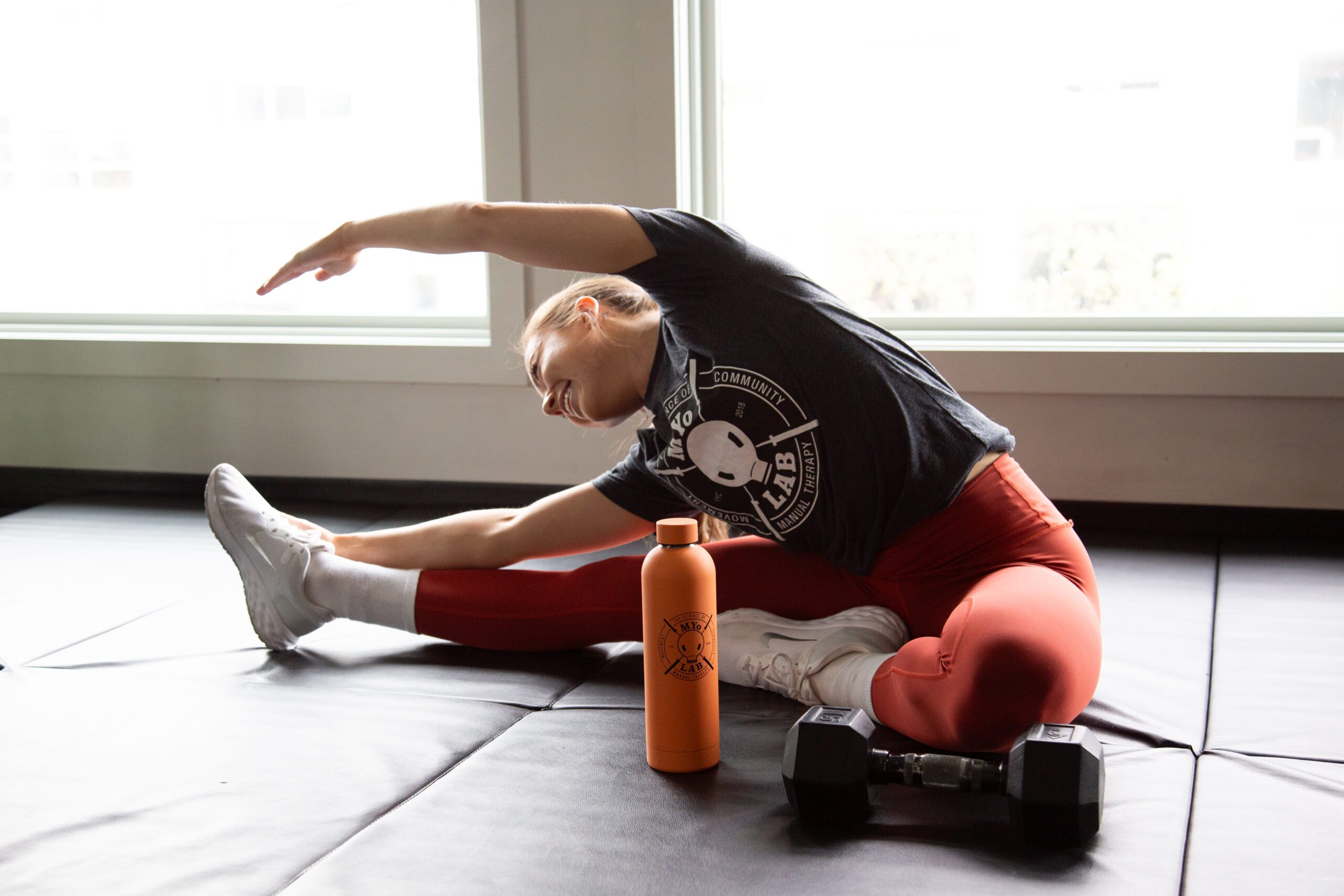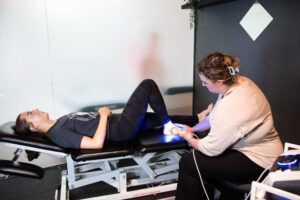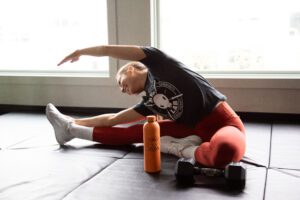
22 Jul The Best Stretches Recommended by Physiotherapists
Stretching is an essential component of maintaining flexibility, preventing injuries, and improving overall physical performance. Physiotherapists, with their expertise in human anatomy and movement, recommend various stretching exercises to enhance mobility and reduce muscle tension. In this blog post, we will explore the best stretches recommended by Physiotherapists, their benefits, and how to incorporate them into your daily routine. Whether you are an athlete, a fitness enthusiast, or someone looking to improve their overall health, these stretches will help you achieve your goals.
Why Stretching is Important
Stretching exercises are crucial for maintaining muscle elasticity, joint flexibility, and preventing injuries. Regular stretching helps to:
- Improve flexibility and range of motion
- Enhance blood circulation to the muscles
- Reduce muscle stiffness and soreness
- Improve posture and alignment
- Prevent injuries by preparing the muscles for physical activity
- Reduce stress and promote relaxation
Top Stretches Recommended by Physiotherapists
Here are some of the best stretches recommended by Physiotherapists at MYo Lab Health & Wellness Calgary. These stretches target various muscle groups and are suitable for individuals of all fitness levels.
1. Hamstring Stretch
The hamstring stretch is excellent for improving flexibility in the back of your thigh. Tight hamstrings can lead to lower back pain and posture issues.
How to do it:
Sit on the floor with one leg extended and the other leg bent, with the sole of your foot against your inner thigh. Reach forward towards your toes, keeping your back straight. Hold the stretch for 20-30 seconds, then switch legs.
2. Quadriceps Stretch
This stretch targets the muscles in the front of your thigh, which can become tight from activities such as running and cycling.
How to do it:
Stand on one leg and grab your opposite ankle, pulling it towards your buttocks. Keep your knees close together and your back straight. Hold the stretch for 20-30 seconds, then switch legs.
3. Hip Flexor Stretch
This stretch targets the muscles in the front of your hip, which can become tight from prolonged sitting.
How to do it:
Kneel on one knee with the other foot in front, creating a 90-degree angle at both knees. Push your hips forward while keeping your back straight. Hold the stretch for 20-30 seconds, then switch legs.
4. Calf Stretch
Stretching your calf muscles is vital for preventing Achilles tendonitis and other lower leg injuries.
How to do it:
Stand facing a wall with one foot in front of the other. Keep your back leg straight and your front leg bent. Press your back heel into the ground and lean forward. Hold the stretch for 20-30 seconds, then switch legs.
5. Shoulder Stretch
This stretch helps relieve tension in your shoulders and upper back, which is particularly beneficial if you spend long hours sitting at a desk.
How to do it:
Bring one arm across your chest and use your other arm to gently pull it closer to your body. Hold the stretch for 20-30 seconds, then switch arms.
6. Lower Back & Full Body Stretch
Stretching your lower back can help alleviate tension and prevent pain in the lumbar region.
How to do it:
Lie on your back with your knees bent and feet flat on the floor. Hug your knees to your chest and hold the stretch for 20-30 seconds.
Tips for Effective Stretching
To get the most out of your stretching routine, consider these tips recommended by Physiotherapists:
- Warm up before stretching to increase blood flow to your muscles.
- Hold each stretch for at least 20-30 seconds.
- Avoid bouncing or jerking movements.
- Stretch both sides of your body equally.
- Breathe deeply and relax into each stretch.
- Incorporate stretching into your daily routine for best results.
Conclusion
Incorporating these best stretches recommended by Physiotherapists into your routine can significantly enhance your flexibility, reduce muscle tension, and prevent injuries. At MYo Lab Health & Wellness Calgary, we are dedicated to helping you achieve your health and fitness goals through personalized Physiotherapy care. If you are looking for expert guidance on stretching exercises and overall wellness, contact us today to schedule an appointment. Remember, consistent stretching is key to maintaining a healthy and active lifestyle.
For more information on stretching exercises and Physiotherapy, check out our other blog posts: Understanding the Role of a Physiotherapist and How to Choose the Right Physiotherapist.
Related Posts
 Preventative Physiotherapy: How to Avoid Injuries Injuries can disrupt daily life and hinder physical activities, but with proactive measures through preventative Physiotherapy, many can be avoided altogether. At MYo Lab Health… Read more
Preventative Physiotherapy: How to Avoid Injuries Injuries can disrupt daily life and hinder physical activities, but with proactive measures through preventative Physiotherapy, many can be avoided altogether. At MYo Lab Health… Read more How Physiotherapy Can Improve Your Workout Routine How Physiotherapy Can Improve Your Workout Routine Are you looking to enhance your workout routine and achieve better results? Physiotherapy can be a game-changer in… Read more
How Physiotherapy Can Improve Your Workout Routine How Physiotherapy Can Improve Your Workout Routine Are you looking to enhance your workout routine and achieve better results? Physiotherapy can be a game-changer in… Read more Physiotherapy for Back Pain Relief Back pain is a common ailment that affects millions of people worldwide. Fortunately, Physiotherapy offers effective solutions for back pain relief. At MYo Lab Health… Read more
Physiotherapy for Back Pain Relief Back pain is a common ailment that affects millions of people worldwide. Fortunately, Physiotherapy offers effective solutions for back pain relief. At MYo Lab Health… Read more Understanding the Role of a Physiotherapist Physiotherapy is a crucial component of the healthcare system. It provides essential services that help individuals regain, maintain, and improve their physical abilities. Therefore, understanding… Read more
Understanding the Role of a Physiotherapist Physiotherapy is a crucial component of the healthcare system. It provides essential services that help individuals regain, maintain, and improve their physical abilities. Therefore, understanding… Read more